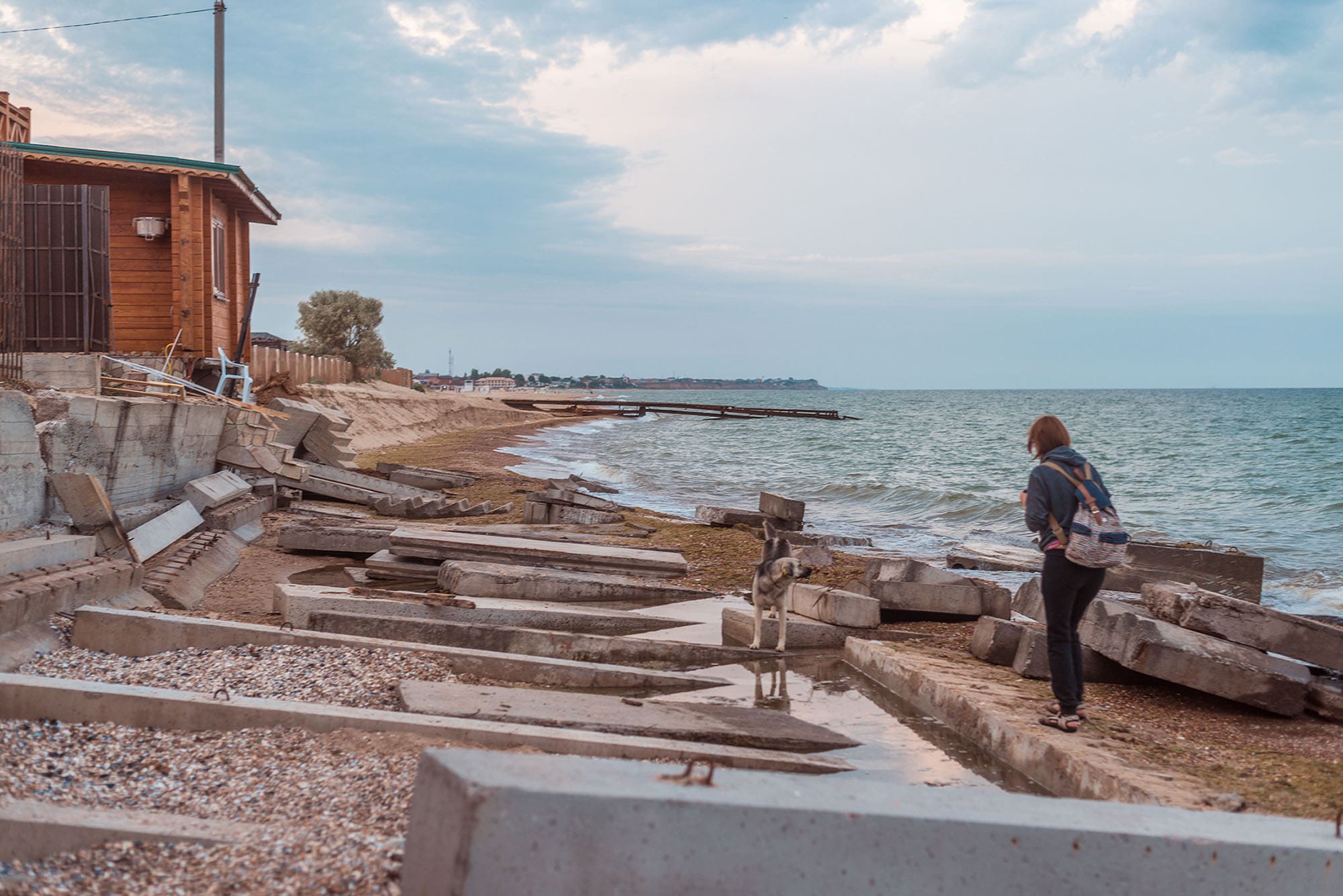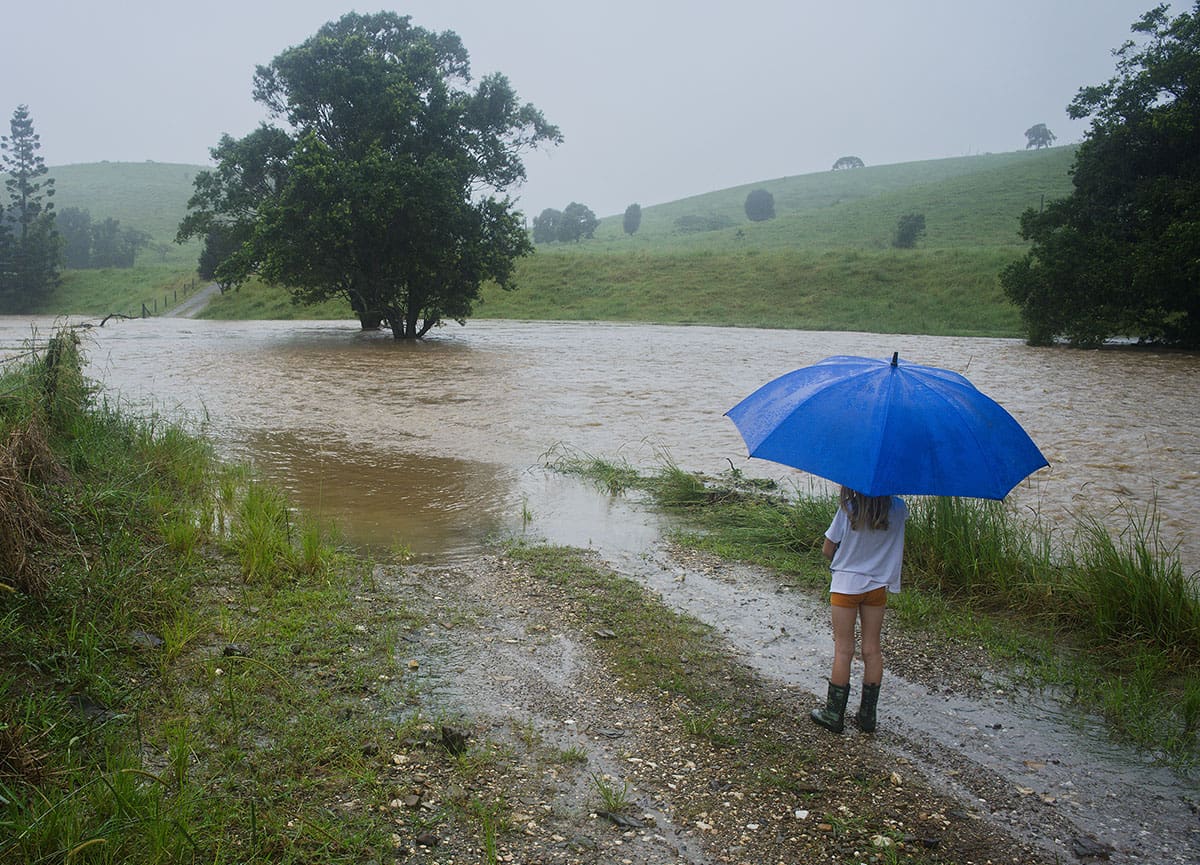Before a flood hits
- Take pictures of your property and building. It will make the claims process smoother in the event your business sustains damage.
- Clean out floor drains and catch basins and check drainage pumps.
- Anchor and fill above-ground tanks with water or product to keep them in place during the storm. Fill the fuel tanks on your emergency generator and fire pumps.
- Ensure automobiles have full fuel tanks.
During a flood
- Obtain and keep as much cash as possible accessible since banks may not be open following the storm.
- Shut down production processes safely and turn off the electricity at the main power source.
- Evacuate employees.
- Keep up to date about evolving emergency information through the Emergency Alert System or the National Oceanic and Atmospheric Administration.
- Avoid walking, swimming, and driving through flooded areas.
- Get to higher ground or the highest level of a building. Avoid sheltering in closed areas, such as attics, to prevent getting trapped by rising water.
- Clean out floor drains and catch basins and check drainage pumps.
- Anchor and fill above-ground tanks with water or product to keep them in place during the storm. Fill the fuel tanks on your emergency generator and fire pumps.
- Ensure automobiles have full fuel tanks.
After a flood
- Call employees to ensure that they and their families are safe and secure.
- Check circuits and equipment before restoring power.
- Assemble a recovery team to begin to implement your business continuity plan.
- Call your insurance advisor or insurance company immediately to report how, when, and where the loss or damage occurred. Have your policy number handy, and give them a general description of damages.
For more information
We’re ready to help when you are. Get in touch and one of our experienced Baldwin advisors will reach out to have a conversation about your business or individual needs and goals, then make a plan to map your path to the possible.
This document is intended for general information purposes only and should not be construed as advice or opinions on any specific facts or circumstances. The content of this document is made available on an “as is” basis, without warranty of any kind. The Baldwin Insurance Group Holdings, LLC (“The Baldwin Group”), its affiliates, and subsidiaries do not guarantee that this information is, or can be relied on for, compliance with any law or regulation, assurance against preventable losses, or freedom from legal liability. This publication is not intended to be legal, underwriting, or any other type of professional advice. The Baldwin Group does not guarantee any particular outcome and makes no commitment to update any information herein or remove any items that are no longer accurate or complete. Furthermore, The Baldwin Group does not assume any liability to any person or organization for loss or damage caused by or resulting from any reliance placed on that content. Persons requiring advice should always consult an independent adviser.






